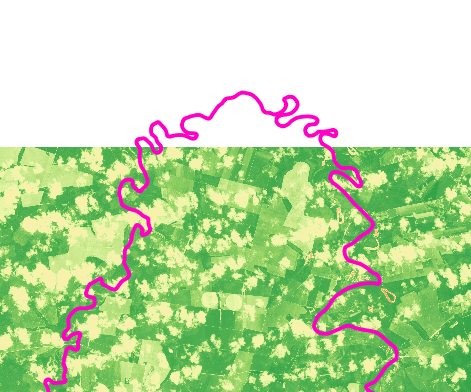I'm creating a mosaic from many sentinel images with a bunch of overlapping areas, although I'm trying to understand what is criteria. For example:

This is a small piece totally clear of clouds

And this is a larger piece with many clouds

This is the result of the merge using rasterio and gdal
I used rasterio.merge and gdal_merge. Both brings me the same result, but don't understand the algorithm method yet. How can I tell the tool to preserve the image with fewer clouds as possible? Which method are these algorithms using to preserve the larger raster and not the cleanest (no clouds)?
It would be absolutely awesome if I could select the raster with fewer clouds to be merged for this mosaic. Is there a way to choose the raster I want to keep?

In areas of overlap, the last image will be copied over earlier ones.